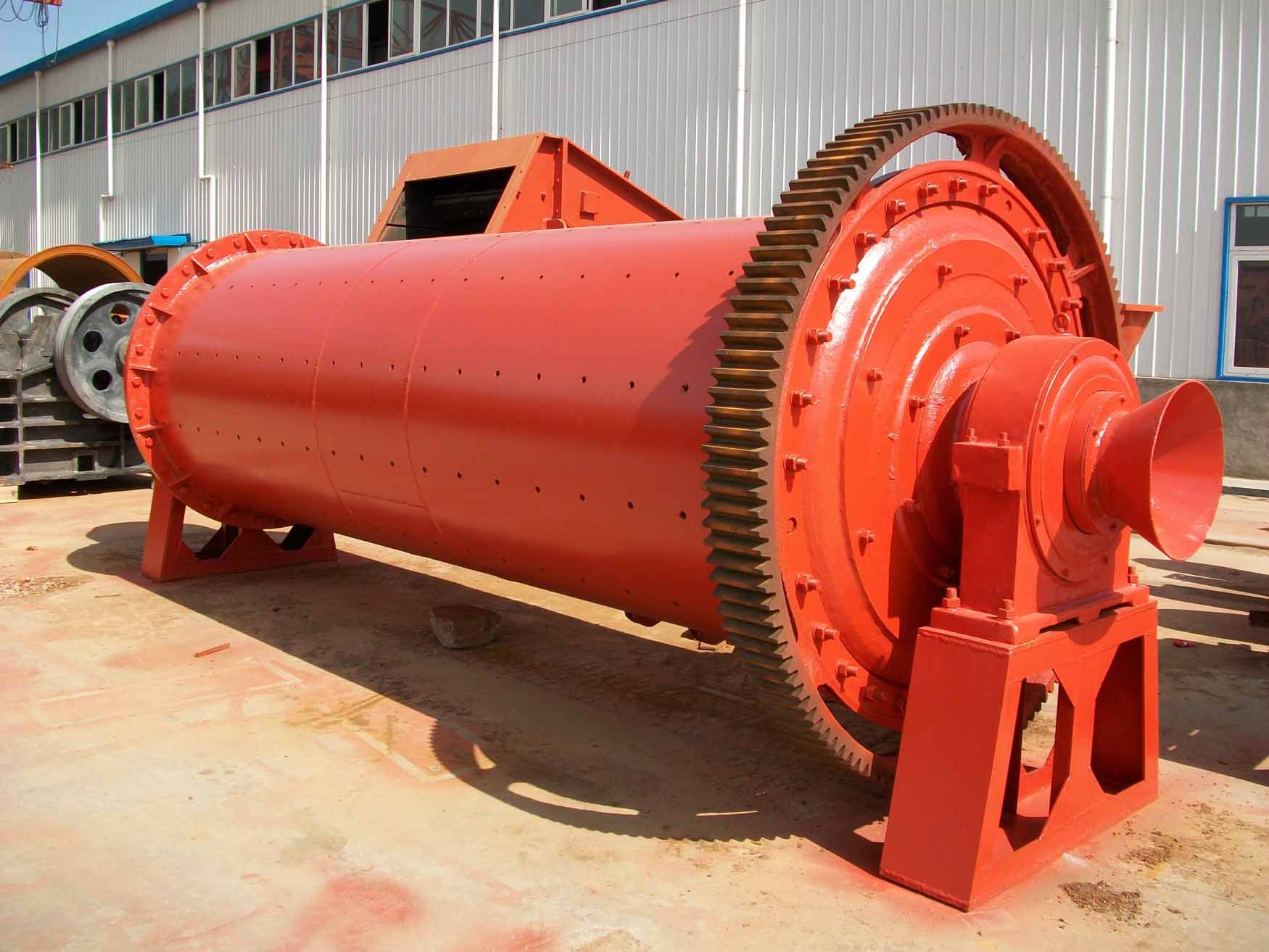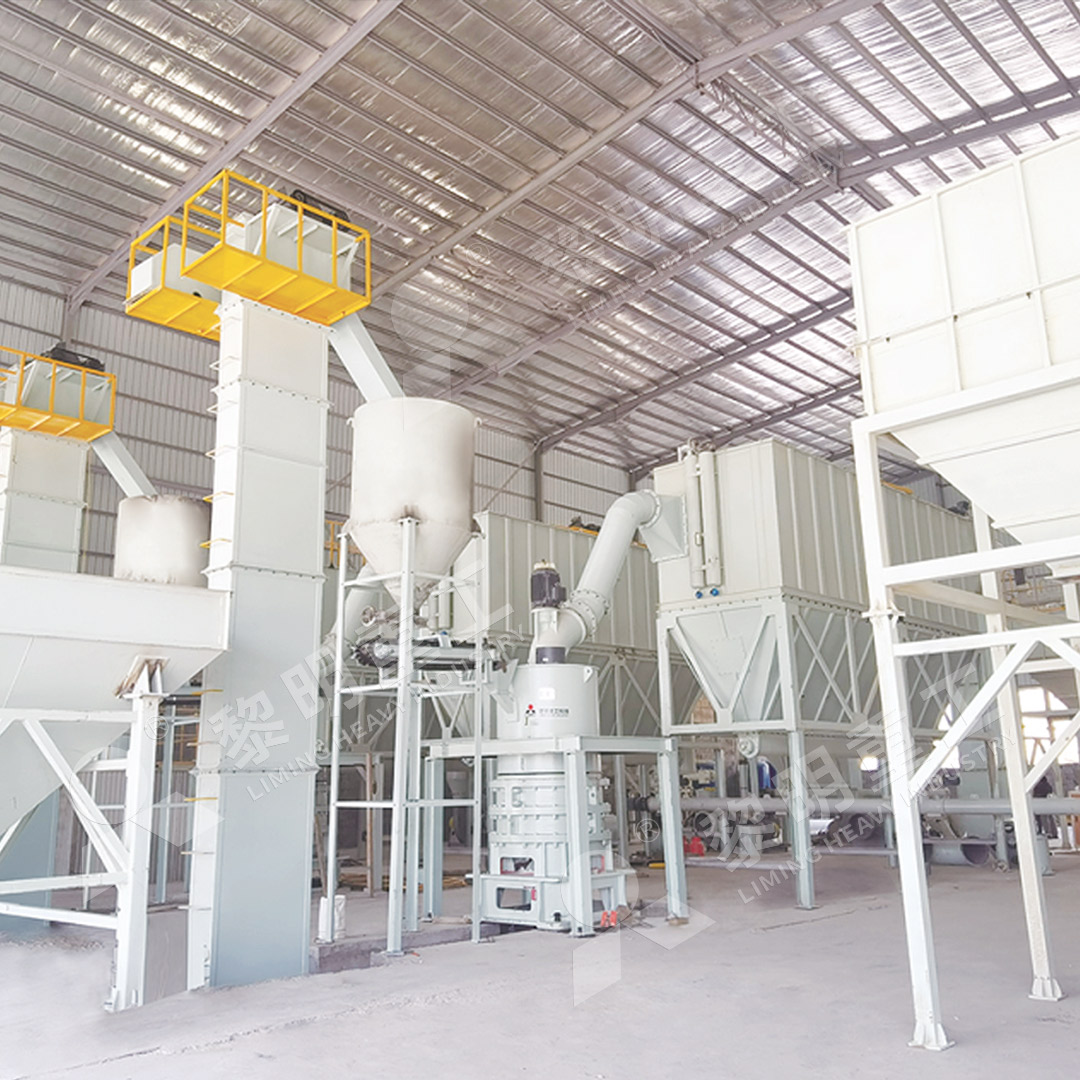Key Components of a Ball Mill: Grinding Media, Liners, and Drive Systems
Key Components of a Ball Mill: Grinding Media, Liners, and Drive Systems
Ball mills are fundamental peices of equipment in the grinding and milling industry, used for reducing materials to fine powders. Understanding the key components—grinding media, liners, and drive systems—is essential for optimizing performance, ensuring longevity, and minimizing operational costs. While the traditional ball mill is a workhorse, modern operations often demand higher efficiency and finer outputs, which is where advanced solutions from companies like ours come into play.
Grinding Media: The Heart of the Process
The grinding media are the elements that actually perform the size reduction. Typically, these are spherical balls made from steel, ceramic, or other durable materials. The size, density, and composition of the media directly impact the grinding efficiency and the final product’s fineness. Larger media are suited for coarse grinding, while smaller media produce finer powders. The choice of material is crucial to avoid contamination—ceramic media are often used when iron contamination must be avoided.

Liners: Protection and Efficiency
Liners protect the inner shell of the mill from wear and tear caused by the constant impact and abrasion of the grinding media and feed material. But they do more than just protect; their design significantly influences the grinding action. Lifted liners help cascade the media for a more impact-oriented grinding, while smooth liners promote a more sliding motion for attrition. The material of the liner, often high manganese steel or rubber, is selected based on the abrasiveness of the material being processed.
Drive Systems: Delivering the Power
The drive system is what rotates the mill cylinder. It consists of a motor, a reducer (gearbox), and pinion gears. The reliability and efficiency of the drive are paramount. A smooth, consistent rotation is necessary for optimal grinding. Modern drives often incorporate variable speed controls, allowing operators to adjust the mill’s rotational speed to match the specific grinding requirements of the feed material, thereby optimizing energy consumption.

Beyond the Ball Mill: The Need for Advanced Grinding
While ball mills are incredibly versatile, they can be limited in producing very fine or ultra-fine powders efficiently. Energy consumption can be high, and heat generation may be an issue for heat-sensitive materials. This is where modern, specialized grinding technology offers a superior alternative.
For operations requiring ultra-fine powders with higher efficiency and lower energy consumption, our MW Ultrafine Grinding Mill presents an exceptional solution. This machine is engineered for customers who need to make ultra-fine powder between 325-2500 meshes. It features a newly designed grinding curve that enhances efficiency, boasting a production capacity 40% higher than jet mills and twice that of a ball mill, while reducing system energy consumption by up to 70%. Its unique design, with no rolling bearings or screws in the grinding chamber, eliminates worries about bearing damage and loose screw issues. Furthermore, its efficient pulse dust collector and muffler ensure an eco-friendly operation with minimal dust and noise pollution, making it ideal for processing materials like limestone, calcite, talc, and cosmetics additives.

Another standout in our portfolio for vertical grinding applications is the LUM Ultrafine Vertical Grinding Mill. It integrates grinding, grading, and transporting with higher yielding rates and better product quality. Its unique roller shell and lining plate grinding curve generate a material layer easily, enabling a high rate of finished product in a single pass. It also employs advanced multi-head powder separating technology and double position-limiting technology for stable, energy-efficient operation, reducing consumption by 30%-50% compared to common grinding mills.
Conclusion
The grinding media, liners, and drive system form the core of a reliable ball mill. However, evolving industry demands for finer powders, greater efficiency, and lower operational costs are driving the adoption of more advanced milling technologies. By understanding the strengths and limitations of each component and system, operators can make informed decisions, whether maintaining traditional equipment or upgrading to high-performance solutions like our MW and LUM series mills to achieve superior results.
